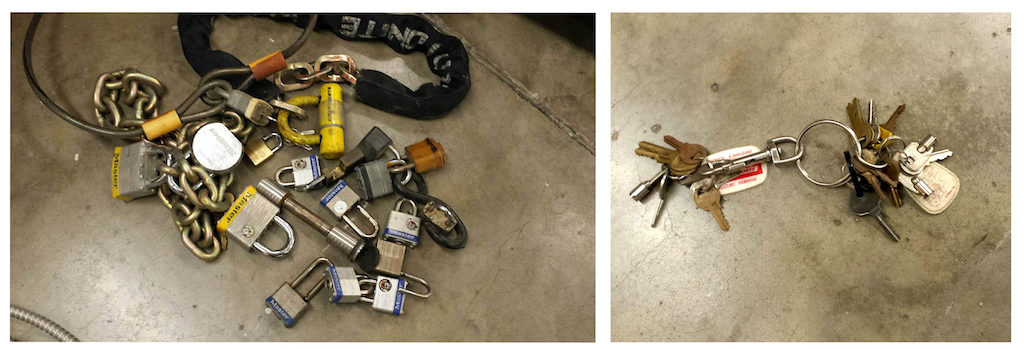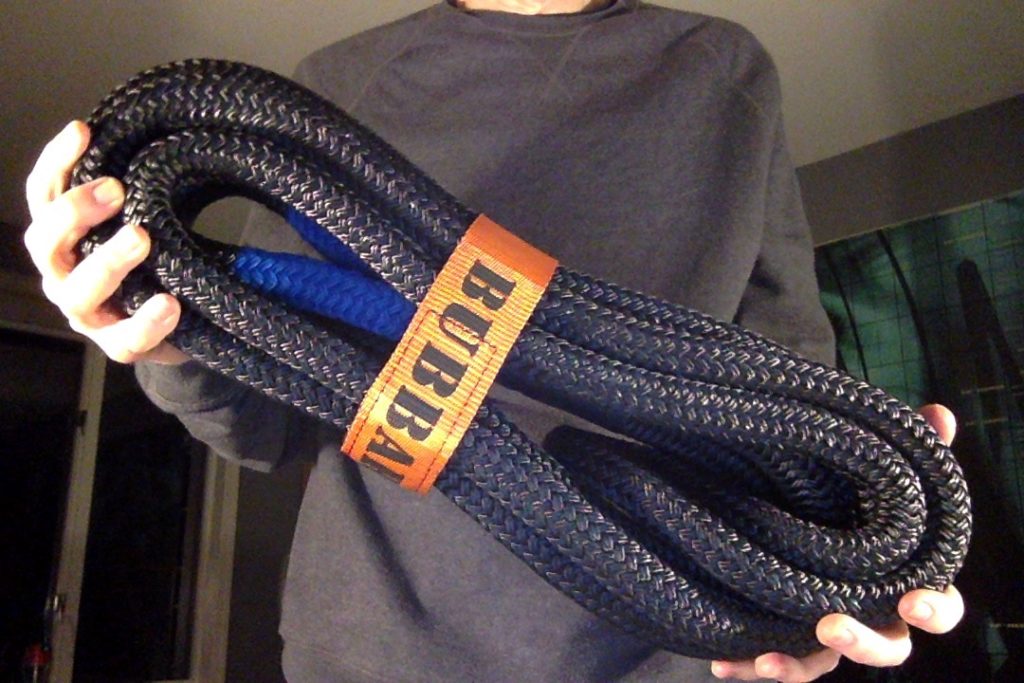Let me say up front… I didn’t need this padlock. You probably don’t need this padlock. I was curious and I bought one (more on that later). Been playing with it for the last hour or so but I won’t try to explain the features because this guys does a better job than I could.
This thing — in my limited experience — works as advertised. And it seems very well constructed. Stores up to 500 prints; can be opened with your phone via Bluetooth (on-site or remotely); you can give limited (10 min) access to someone remotely; even has Morse Code backup if the battery goes dead. (2 hour charge lasts for one year)
Where might one use this? Barb has a house in Destin, FL with a coded door lock (runs on juice from the house). Installed and supported by a local company for x dollars a month. Works fine, most of the time.
But she has a storage room (with all the beach shit) that’s secured with a padlock and I guess the key is hidden somewhere close by. The Tapplock might be a better solution. First impression: pretty fucking slick.Yes, $99 is pricey. But how many padlocks have you purchased but now have no idea where the key is (see below). Or all those keys in the kitchen drawer that will never slip into a lock again?
Thanks to George Tergin for photos proving the point.


